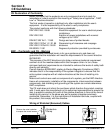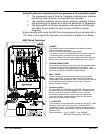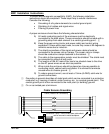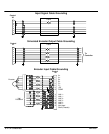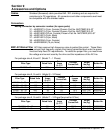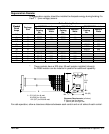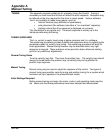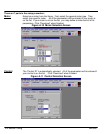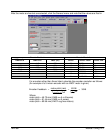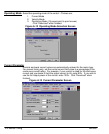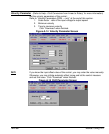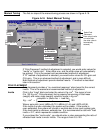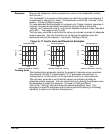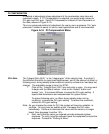
Appendix A
Manual Tuning
Manual Tuning A-1MN1851
TUNING This appendix presents guidelines for manually tuning the Control. Tuning is
necessary as load mass and friction will affect the drive response. Response may
be defined as the time required for the drive to reach speed. Various software
“tools” are available to make tuning easier, such as:
S Internal libraries (easy definition of parameters),
S pole placement (the software calculates a “no–overshoot” response),
S plotting routine (the drive response is displayed on a screen).
This information is as a guide only. The exact response is entirely up to the
individual performing the tuning.
TUNING GUIDELINES
The Lin+ control is easily tuned using a laptop computer and Lin+ software.
The autotuning procedure provides a stable and responsive drive, by adjusting the
parameter values for velocity loop tuning. The autotuning procedure will work for
most applications. Manual tuning however may be desirable when very tight
response is required. These autotune values provide a basic reference starting
point for any additional adjustments.
General Tuning Rules
Tune the velocity loop first. Then tune the position loop. The velocity loop should
always be tuned before the position loop, as velocity loop tuning affects the
position loop response.
Manual Tuning
Manual tuning may be used to adjust the response of the control. Two types of
manual tuning are possible: velocity tuning and position tuning (for a system which
has been set up to operate in the pulse/direction mode).
Initial Settings Required
Before manual tuning can begin, the motor, control, and operating mode must be
set. Make sure that these parameters have been selected and downloaded.



